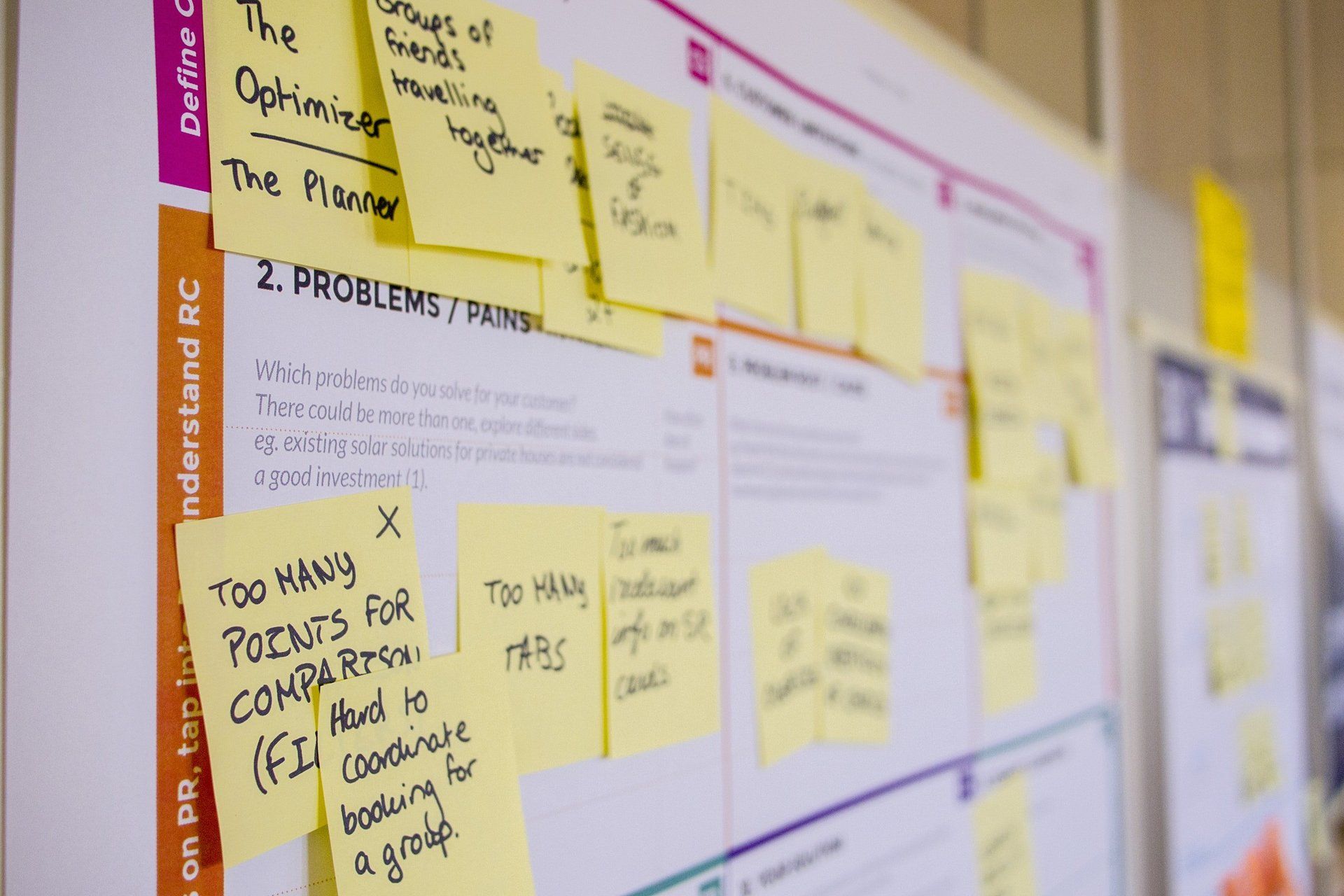
"Chiesha is an energetic and effective leader and problem solver. She consistently looks for ways to improve processes and to enhance team performance. Additionally, she is creative and has the unique ability to effectively use scientific theories and methods to solve problems."
Kevin Aeling, PhD, Program Manager
"I have worked with Chiesha for 5 years and she possesses the perfect combination of tenacity, flexibility and insight. She can apply a methodology to understanding any problem."
Brad Poeltler, President of Poelter & Associates
"Chiesha managed our customer research program and was also the UX-Lead for our proxy product. She brings a strong background in research methods and experience designing complex military products. Chiesha is also a confident and enjoyable personality who was a pleasure to have on my team."
Jeff Axup, PhD, Director of User Experience
"Chiesha consistently exceeds expectations on all fronts: she has a rare combination of skills, work ethic, attitude, leadership, creativity, and drive towards innovation. Chiesha brings a unique and valuable perspective to each project and issue, bringing definition and organization needed to develop solutions in complex and often ambiguous situations..."
Maia Cook, PhD, Director of Human-Autonomy Integration
"I’ve worked closely with Chiesha on multiple projects and she is always a key contributor. She works fast and produces high quality products. I’ve seen her effectively lead tasking and find her to be impressively organized, even when dealing with complex and/or ambiguous subjects. I highly value her as a co-worker and greatly recommend her work."
Mary Ann King, MS, Human Factors Scientist

